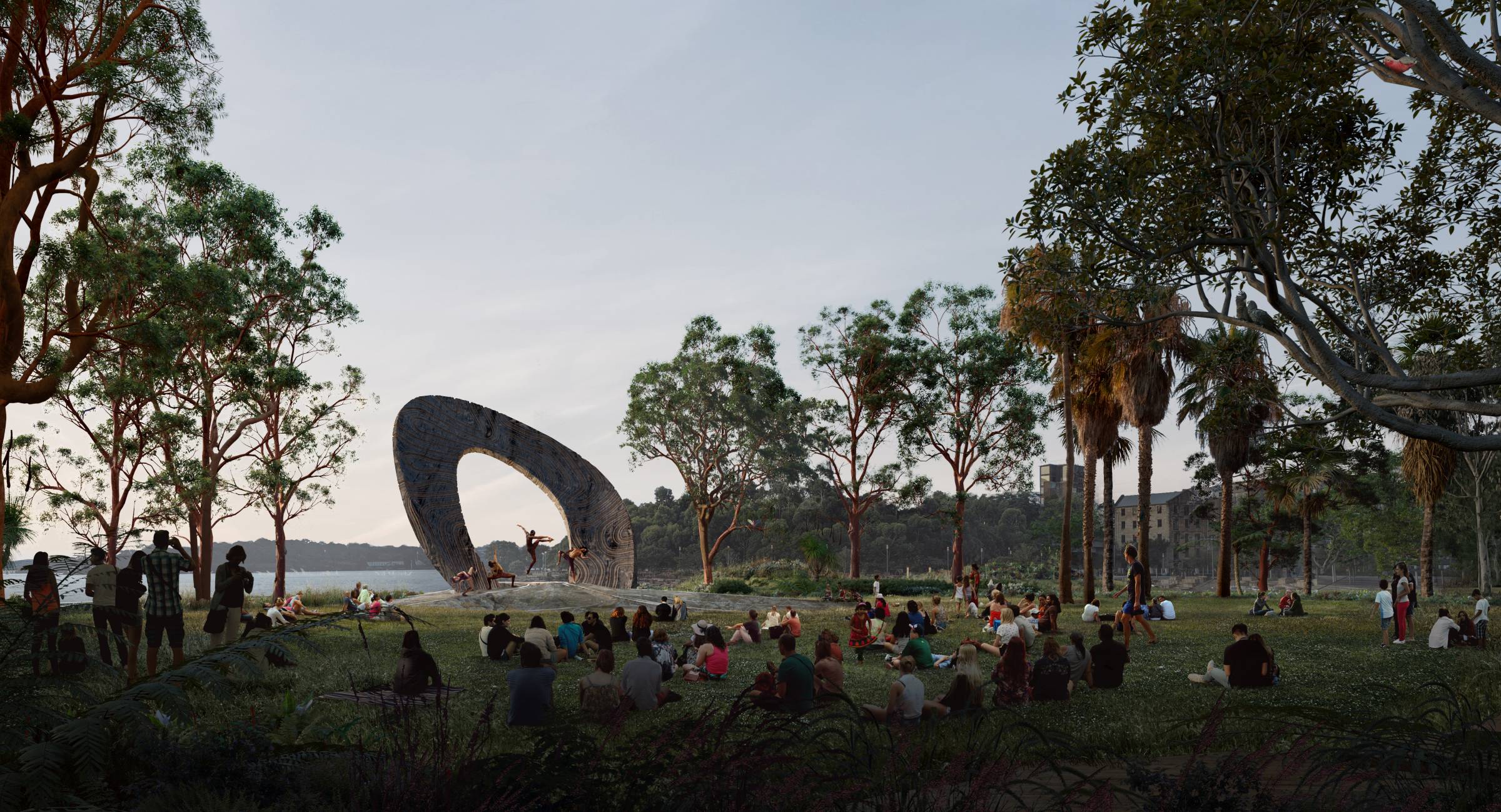
So what they are doing instead, once it goes within a five degree range of where it should be indoors, is pushing it into an atrium space (which is not fully air conditioned), where it mixes with the air there before leaking into the outside.
“You are getting a bit more use out of it, the cooled air.”
Aircon is one of the biggest energy users. “Anything that stems the amount of useable space that is not fully airconditioned has a big impact on overall environmental consumption. One of the biggest [energy] users is air conditioning, particularly in this country.”
On a cold 15 degree day, an atrium could be about 20 degrees, and about 30 on a hot 35 day might be acceptable.
An atrium space these days is very important, Brown says, because it is here that many people like to work all day, in the informal breakout spaces, the balconies, and cafes and other meeting places that spill out.
The Brisbane project, Triplets, owned by QIC, connects two buildings, a new tower and a “perfectly good” ’80s building, which did not need to be knocked down.
“A building’s longevity is the ultimate environmental credential,” Brown says. “There is more pressure on the good sites. Most buildings have a design life of 50 or 60 years, some will endure longer – the ones with the bigger floor plate and loose fit services, because there is more space to retrofit technologies as they evolve.”
This article first appeared here in The Fifth Estate.


